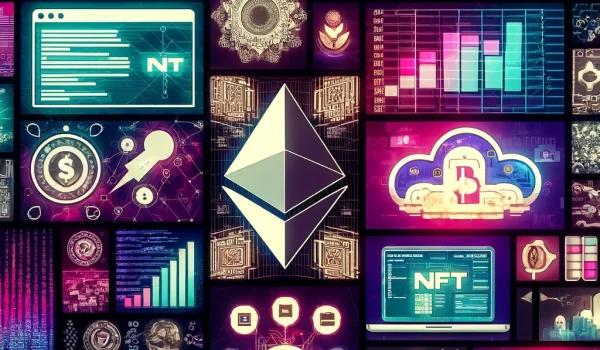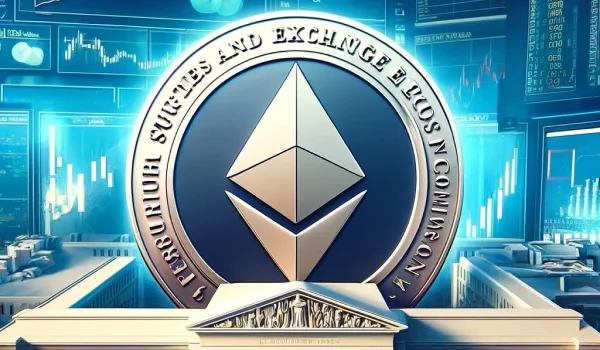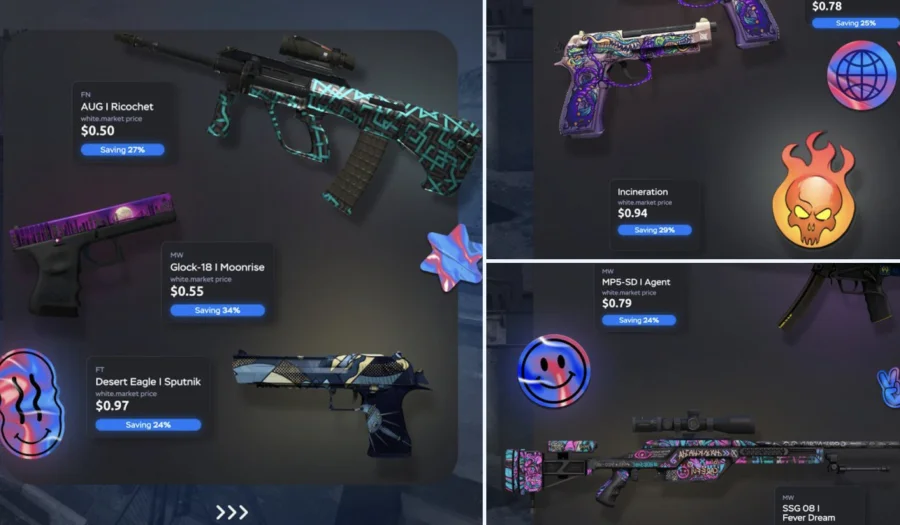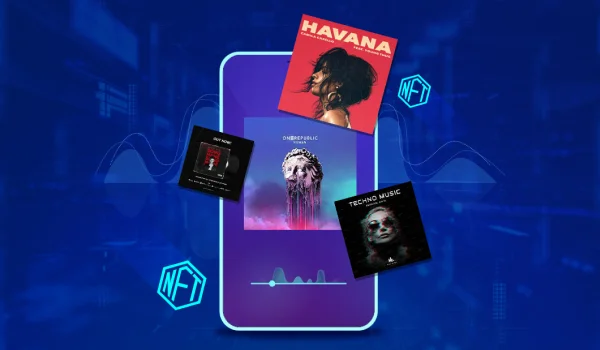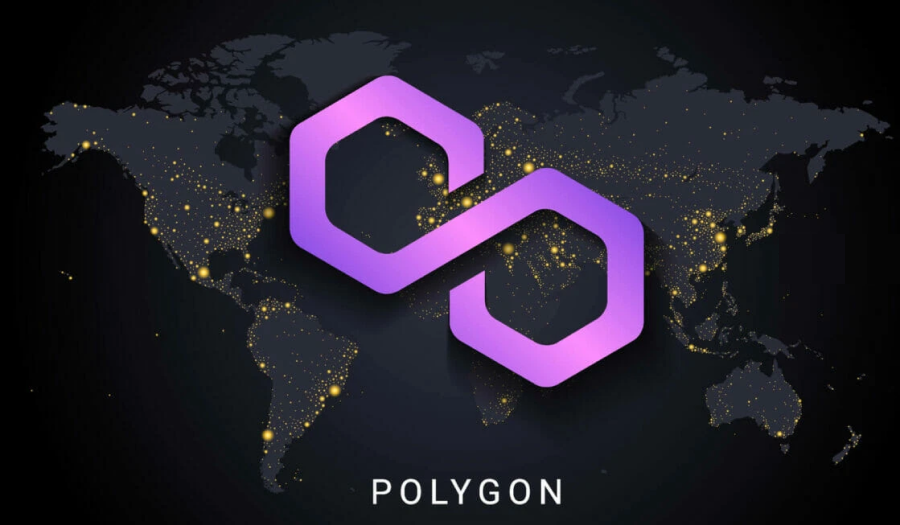Ethereum is a type of open-source and decentralized blockchain. Users love and appreciate its smart contract functionality. Ether or ETH is its native cryptocurrency and is the biggest blockchain for NFTs.
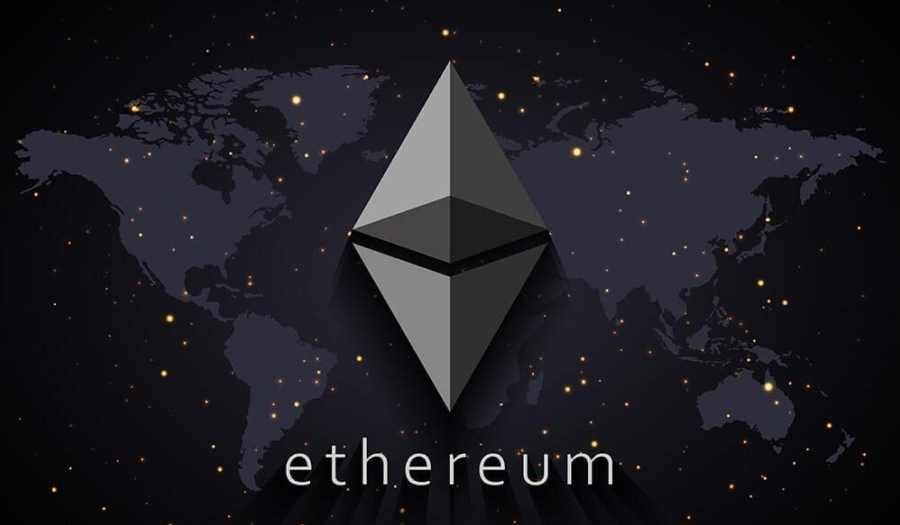
Ethereum at a Glance
Vitalik Buterin introduced Ethereum to the rest of the world in a whitepaper in 2014. After a year, the Ethereum blockchain was launched by Buterin together with Joe Lubin. The smart contract functionality of this open-source and decentralized blockchain makes it popular. This eventually resulted in its remarkable demand for NFTs.
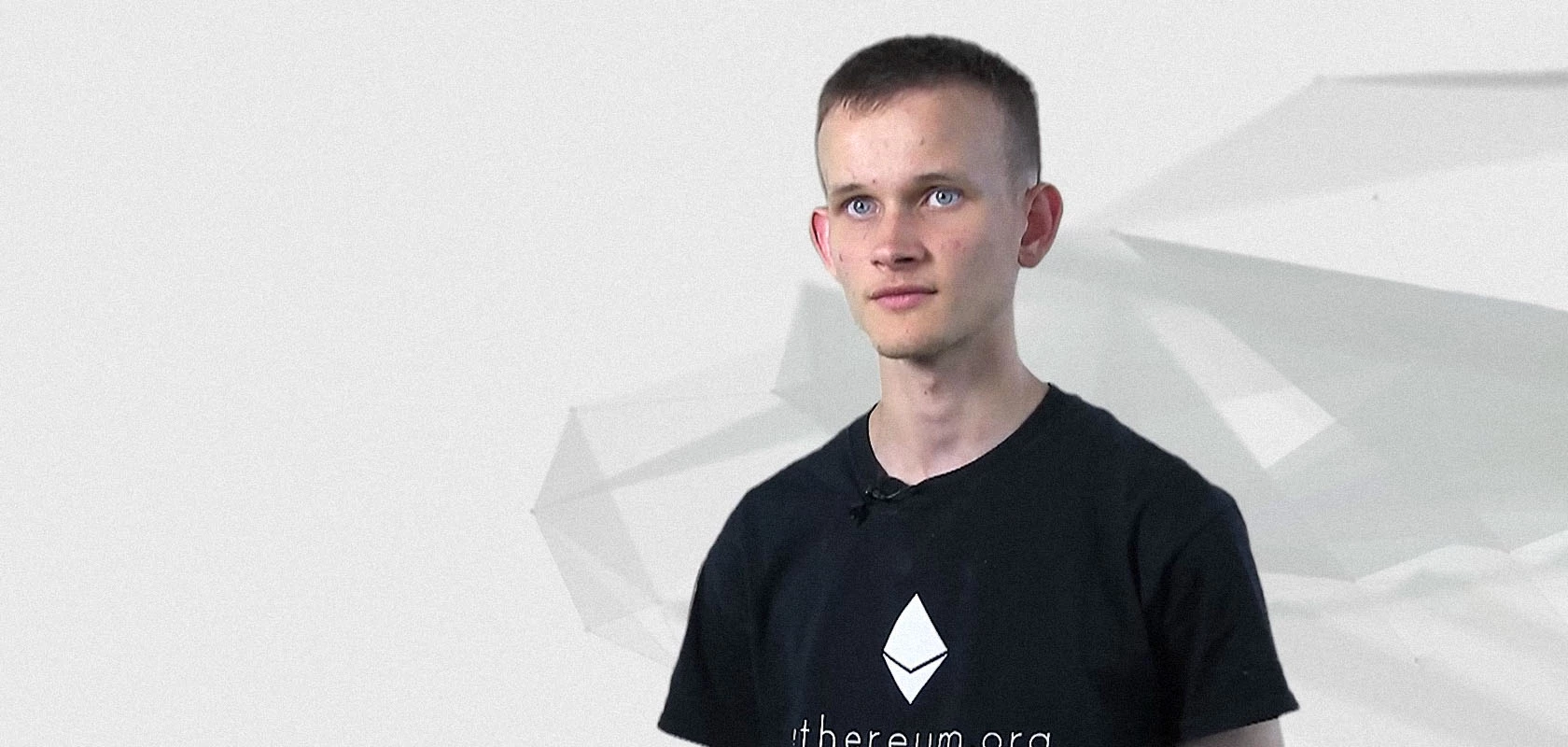
Vitalik Buterin Founder of Ethereum
What makes Ethereum special compared to other blockchains is that it was made to let other apps work on it.
Buterin claimed in a 2018 interview an interesting viewpoint. He said that the blockchain concept with its integrated programming language will be the simplest and most logical means. This standard gives users the most useful and open platform for different types of applications.
The early concern of Buterin was the limited functionality of Bitcoin. This inspired him to come up with something that will further boost the power of existing blockchain systems.
Ethereum is currently the world’s second-biggest cryptocurrency based on market capitalization. It also boasts the biggest volume of NFTs.
Ethereum vs. Ether: What’s the Difference?
Ether, typically abbreviated as ETH, is the native currency of Ethereum. Ethereum itself is the blockchain, similar to Solana, Optimism, and Polygon. Ether, on the other hand, is the currency used for transactions performed on the Ethereum blockchain. Meanwhile, ETH is the cryptocurrency like how AVAX is the currency of Avalanche, SOL is the currency of Solana, and MATIC is the currency of Polygon.
How Ethereum Works
Ethereum is a type of Layer 1 or L1 blockchain. It means that Ethereum can execute and validate transactions on its own even without any help. The blockchain can also facilitate everything. These include the purchase, sales, and storage of NFTs to DeFi or Decentralized Finance.
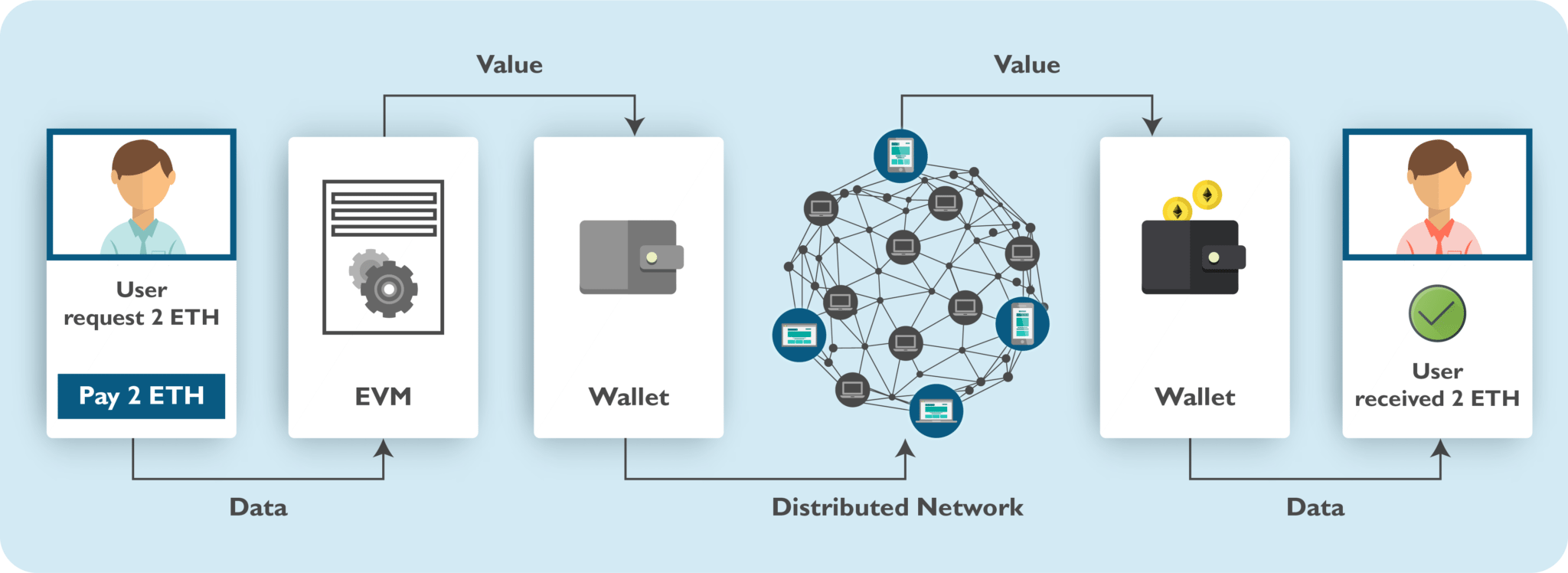
Ethereum Virtual Machine (E.V.M.)
Ethereum is like the foundation of a house. Being an L1 chain, it acts as the base layer that the Layer 2 chains such as Arbitrum and Optimism use. The layer 2 chains process transactions on the chain, and the summary of completed actions are stored on the L1 chain.
Primary Uses and Functions of Ethereum
Ethereum facilitates the purchase, sale, and storage of decentralized autonomous organizations (DAOs), decentralized finance (DeFi), and non-fungible tokens (NFTs).
DAOs
Decentralized autonomous organizations, or DAOs, are organizations that lack sole leadership. A group of users that make up the organization govern them instead. The users in a DAO will come up with proposals that need votes for the enactment of changes.
DAOs also use tokens that let users vote and prove their membership. They can also have a huge variety of purposes, which can range from business networking to charitable giving, and even education.
DeFi
DeFi or decentralized finance is a term used for describing the different financial services that operate on blockchain technology. Some of the most common services include borrowing, earning interest, trading, and lending. DeFi also enables fast, permissionless, and trustless transactions.
NFTs
Non-fungible tokens or NFTs are unique digital items stored on a blockchain. The Ethereum blockchain functions as the digital ownership record of NFTs.
Ethereum NFTs: What are They?
Ethereum NFTs are the NFTs minted on the Ethereum blockchain. Since the development of Ethereum as a form of support for dApps that rely on smart contracts, NFTs using smart contracts also thrived on the blockchain. Ethereum is the most famous NFT blockchain at the moment.
How to Buy ETH
As mentioned earlier, Ethereum is a blockchain. Ether or ETH is the specific currency used for making transactions on the Ethereum blockchain. One person can’t run or own the blockchain Ethereum.
You need to use a crypto wallet compatible with Ethereum so that you can store, sell, and buy ETH. ETH can be purchased from an exchange or deposited straight into your wallet. Some wallets support using credit cards.
What to Store on Ethereum
After you’ve finished setting up a crypto wallet compatible with Ethereum, you can start using it to access NFTs and cryptocurrencies as well as DAOs and dApps. Two of the most popular wallets supporting Ethereum are Coinbase Wallet and MetaMask.
It’s important to remember that some ETH-compatible crypto wallets don’t support NFTs. This is why it’s important to double-check everything first if you are planning to sell and buy NFTs using your ETH.
Are Gas Fee Payments Required When Using ETH?
Just like other blockchains, there will always be instances when you will be required to make gas fee payments every time you use Ethereum. Gas fee is a term in web3 that pertains to the payment needed for the execution of transactions on the blockchain.
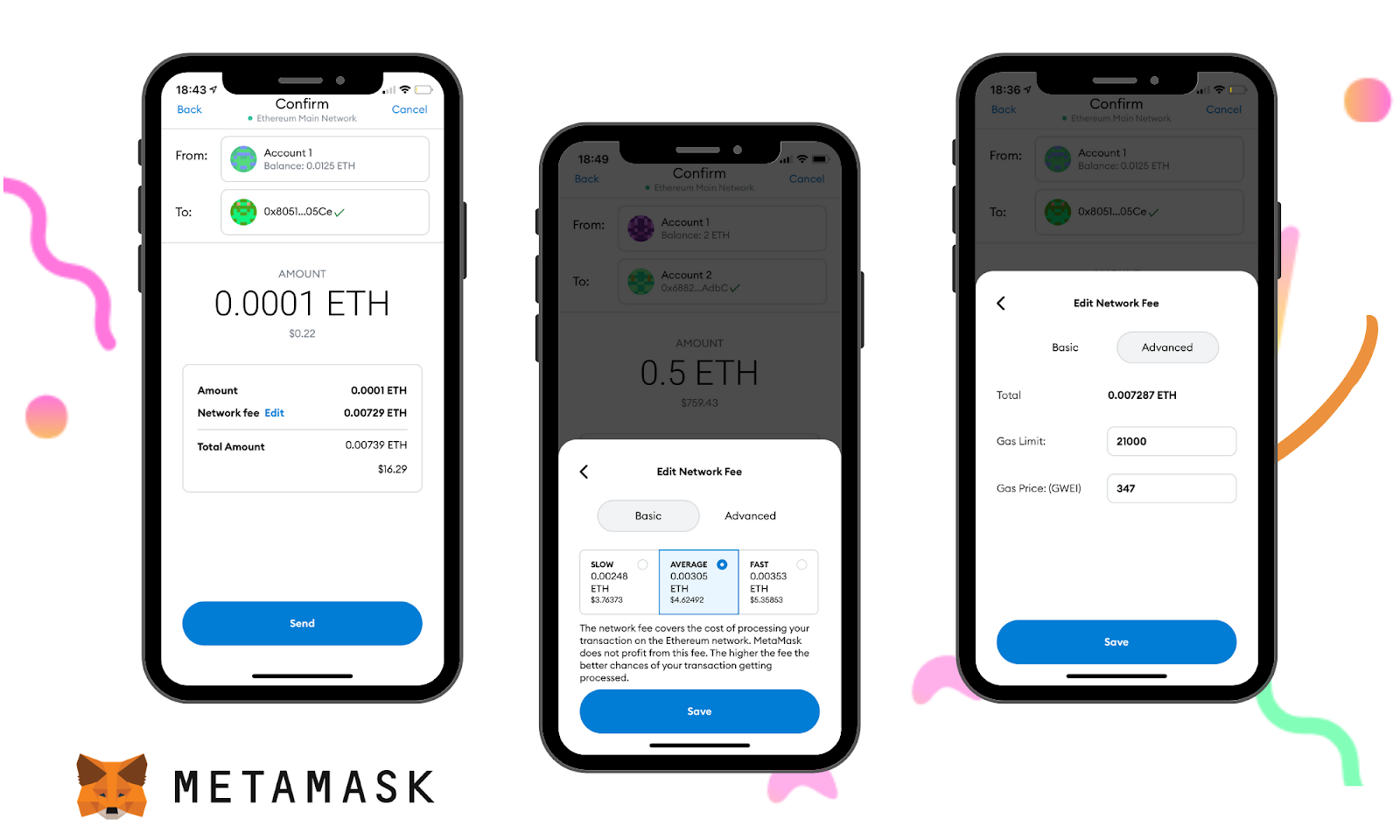
More about crypto wallets
The payments serve as compensation for the node operators in charge of making sure that the blockchain continues to function. The validation also helps guarantee that the blockchain continues to have an immutable and permanent record.
FAQ
What’s the difference between Bitcoin and Ethereum?
The purpose of Ethereum and Bitcoin is where their primary difference lies. Bitcoin was developed as a substitute for traditional stores and currencies of value. Meanwhile, Ethereum is a blockchain that focuses on utility. Ethereum uses Proof-of-Stake as a method of validation while Bitcoin uses Proof-of-Work.
What’s the difference between Polygon and Ethereum?
Ethereum and Polygon are like siblings. These are similar currencies but they have some slight differences. Their type of blockchain explains these differences. Polygon is an L2 blockchain while Ethereum is an L1 blockchain. L2 or Layer 2 blockchains function as scaling solutions for L1s. L2 chains process transactions on the chain with the summary of completed actions stored on the L1 chain.
What makes Ethereum popular?
The smart contract capacity of Ethereum is what makes it popular. It has the biggest volume of NFTs compared to the rest of the blockchains in the market right now.


 5 mins read
5 mins read